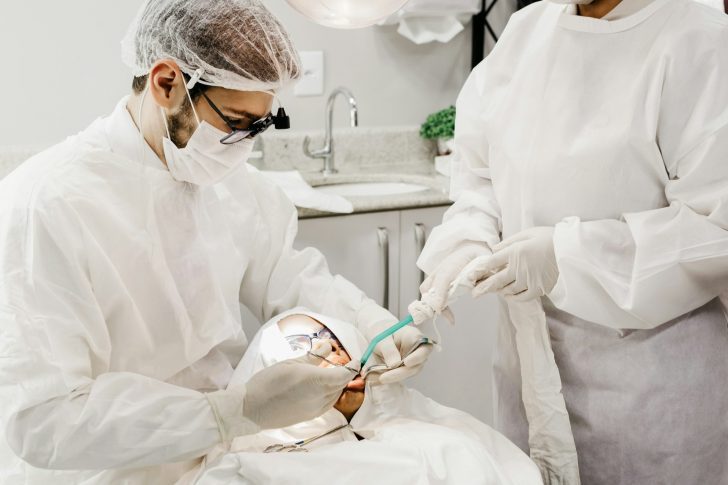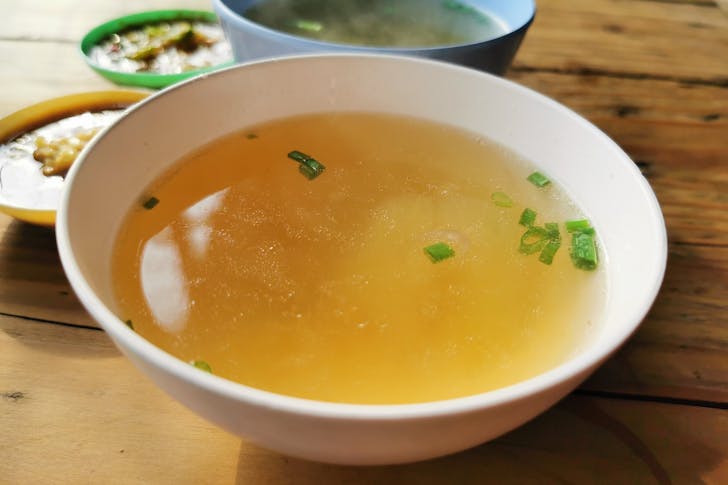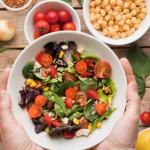Knowing what to eat after wisdom teeth removal can significantly impact your recovery speed and comfort. This comprehensive guide provides the best foods for wisdom teeth removal and advises on foods to avoid and prevent complications like infections or dry sockets.
The Best Foods for Wisdom Teeth Removal
The hours and days following your wisdom teeth extraction are crucial for healing. Initially, your diet should be gentle, focusing primarily on avoiding irritation to the surgery sites. Here’s what you should consider consuming:

Jonathan Borba | Unsplash | The hours and days following your wisdom teeth extraction are crucial for healing.
Immediately Post-Surgery – Liquid Diet Essentials
- Broths and Bouillons: Warm and soothing, these help maintain hydration and can feel comforting when your mouth is tender.
- Smoothies and Milkshakes are packed with nutrients, especially when made with soft and mildly acidic fruits like bananas and peaches. Remember, no straws—use a spoon to prevent any suction that might dislodge blood clots.
- Puddings and Yogurts: These provide a good protein source, essential for tissue repair, without requiring any chewing.
Moving on from liquids, as your mouth starts to heal, you can introduce soft foods that provide more substantial nutrition without straining your healing wounds.

jenvit keiwalinsarid | Pexels | Warm and soothing, soup helps maintain hydration and can feel comforting when your mouth is tender.
Soft Foods for the Days Following Surgery
- Mashed Potatoes and Avocado: Both are smooth and can be consumed easily without much jaw movement.
- Scrambled Eggs and Cottage Cheese: Excellent protein sources that are gentle on the mouth.
- Pasta and Soft Bread: Ensure pasta is cooked to a very soft consistency, and avoid toasting bread, which can create crumbs that might irritate the surgical sites.
Foods to Avoid After Wisdom Teeth Removal
Just as some foods can enhance your recovery after wisdom teeth removal, others can pose risks and impede your healing process. Below are the key foods and habits to avoid:
- Crunchy and Hard Foods: Chips, popcorn, and hard taco shells can reopen healing wounds and should be avoided until full recovery.
- Acidic and Spicy Foods: Citrus juices and spicy dishes can irritate the mouth and should be avoided in the early days of recovery.
- Chewy Foods: Taffy and gum can put undue pressure on the surgical site, risking the dislodgement of the blood clot.
- High-Sugar Content Foods and Beverages: These can increase the risk of bacterial growth and subsequent infections.
Additionally, it’s critical to abstain from smoking or using tobacco products, as these can severely affect the healing process.
Navigating Your Recovery Timeline
The recovery process from wisdom teeth removal typically follows a structured timeline, each phase allowing for slightly more variety in diet:
- Day 1: Focus on a liquid diet to avoid any stress to the surgical sites.
- Days 2 to 3: Introduce a soft diet while avoiding extreme temperatures and textures.
- Days 4 to 5: As healing progresses, you can start incorporating more soft foods that offer comfort and nutrition without risking your recovery.
- Day 6 and Beyond: Gradually return to a more normal diet, carefully reintroducing harder foods as your comfort and healing allow.
Maintaining gentle oral hygiene throughout each stage is vital. After the first 24 hours, start rinsing with warm salt water and brush your teeth with care, avoiding direct contact with the extraction sites.
Adhering to these dietary guidelines and following your dentist’s advice can ensure a smoother and quicker recovery after your wisdom teeth removal. Remember, each person’s recovery may vary slightly, so it’s important to listen to your body and consult with your dental professional if you have any concerns during your recovery.








